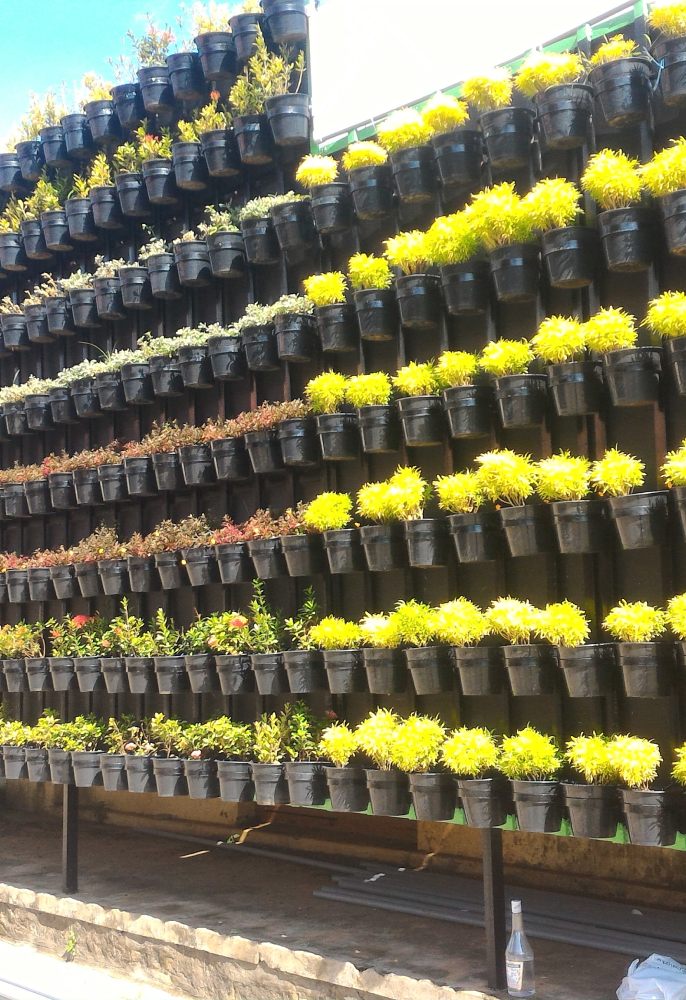- +91 8547883262
- dripsndrops2012@gmail.com
Unlocking Efficiency and Sustainability: Exploring the Benefits of Vertical Farming
Maximizes greenery in urban environments
Filters pollutants and enhances oxygen levels
Adds beauty and tranquility to urban spaces
Provides homes for beneficial insects and birds
Delve into a world of knowledge with our comprehensive FAQ guide, providing clear and concise answers to your most burning questions, empowering you to learn and explore with confidence.

A vertical garden is a green space created on vertical surfaces, such as walls or fences, using various plants and gardening techniques.
Benefits include space optimization, improved air quality, aesthetic enhancement, habitat creation for wildlife, thermal insulation for buildings, and promotion of sustainable urban living.
A wide variety of plants, including herbs, ferns, succulents, and flowering plants, can thrive in vertical garden environments depending on factors such as light exposure and moisture levels.
Installation involves designing the layout, selecting suitable plants, and installing irrigation systems. Maintenance includes regular watering, pruning, and fertilizing to ensure healthy growth.
Yes, vertical gardens can be adapted for indoor environments using appropriate plants and lighting conditions, providing greenery and improving air quality in indoor spaces.
Contact us today to discover how Drips ‘n’ Drops can revolutionize your agricultural practices with our innovative solutions and expert support.
Drips ‘n’ Drops is a leading provider of sustainable agriculture solutions, specializing in drip irrigation, precision farming, and landscape irrigation.
Drips ‘n’ Drops is a leading drip and sprinkler Irrigation suppliers and automatic watering systems provider in Kerala. We provide full range of irrigation applications across Agriculture, Residential, Commercial, and Landscaping markets